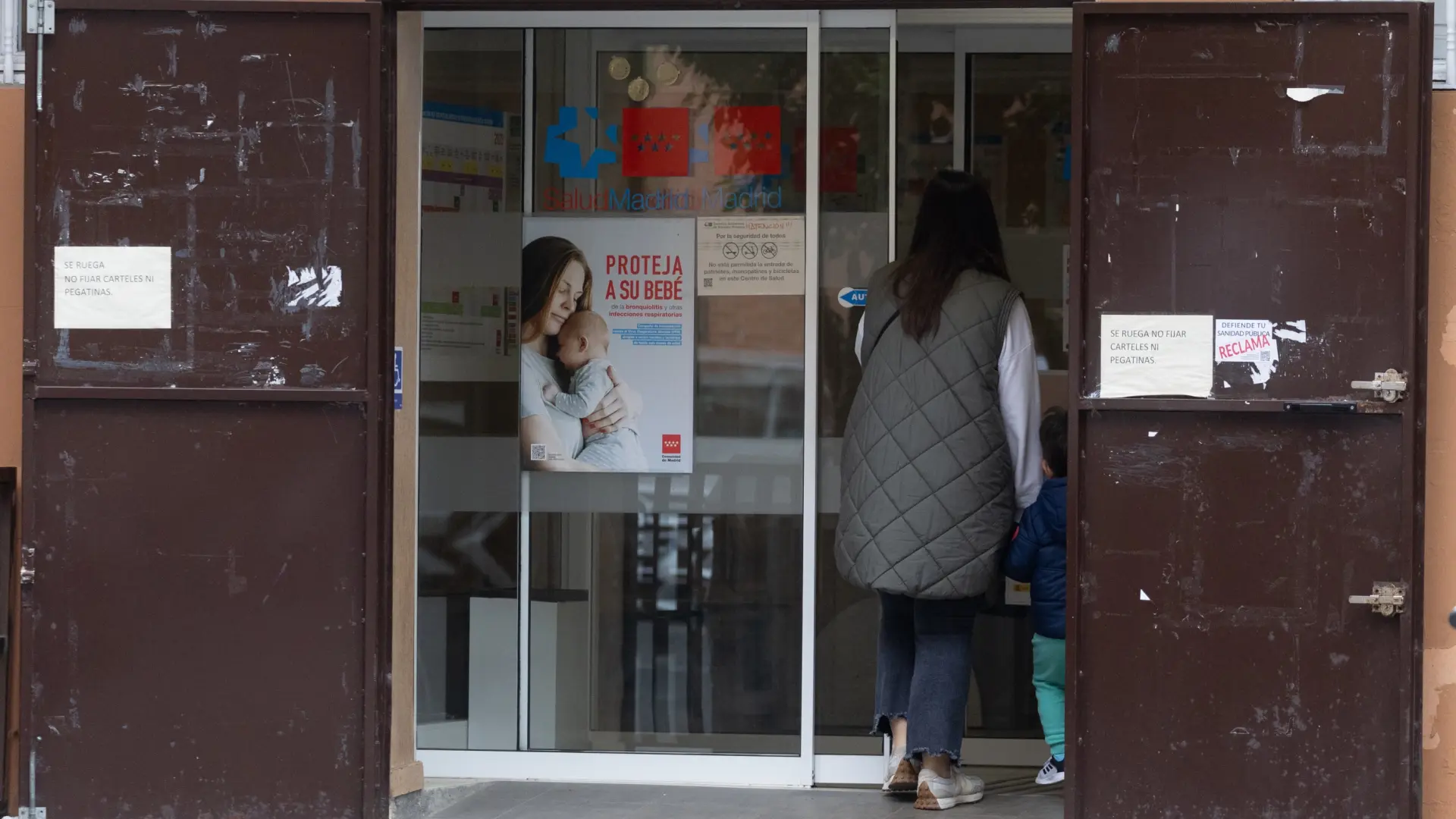In our country, the demographic changeThe increase in population aging, the advance of medicine or the adoption of new life habits have generated a new pattern of morbidity, characterized by the predominance of the most common diseases. chronic diseases.
One in five Spaniards suffer from at least one chronic disease. This figure rises to one in three if we are talking about people who live with several chronic diseases. chronic pathologiessuch as cardiovascular, renal and metabolic pathologies -often interconnected and responsible for the development of high impact comorbidities for patients-, and the respiratory. All of them usually coexist in the same person and are currently the leading cause of death worldwide.
This patient profile chronic pluripathologicalor complex, is determining the new reality of chronicity, as the leading cause of health care spending in the world. Spain and constituting the 80% of the queries of Primary Care. Furthermore, it is estimated that the presence of several chronic pathologies and comorbidities may increase up to a 300% resource usage.
The new paradigm of chronicity requires a change in health policies in our country. The attention to chronicity on the part of the administrations has been slowed down since the pandemic by the Covid-19This has resulted in the chronic patients themselves feeling “forgotten“.
From the Platform CH2025 we believe that a revision of the national strategy on chronicity is urgently needed, in agreement with the autonomous communities, to adapt the models of care for the healthcare systems to profiles whose approach and follow-up are more complex due to the presence of multiple pathologies.
In order to promote the strengthening of Primary Care as a gateway of the chronic patient to the system, it is essential to measure outcomes, the coordination with social resources and Hospital Care, accessibility and patient participation; main challenges for PC to improve continuity of care.
In this process, it is also key to have all the agents involved in the process. social-healthcare (nurse case managers or school nurses, pharmacists, social workers or patient organizations) who accompany patients and family members or caregivers, as well as listening to voice of these people. This is reflected in the report Chronicity in public health policies. Recommendations for defining a common framework for approaching the complex chronic patient..
A work that aims to help health administrations, with whom we are always open to work together for the health of the population and, specifically, in the improvement of the quality of life of chronic patients.




